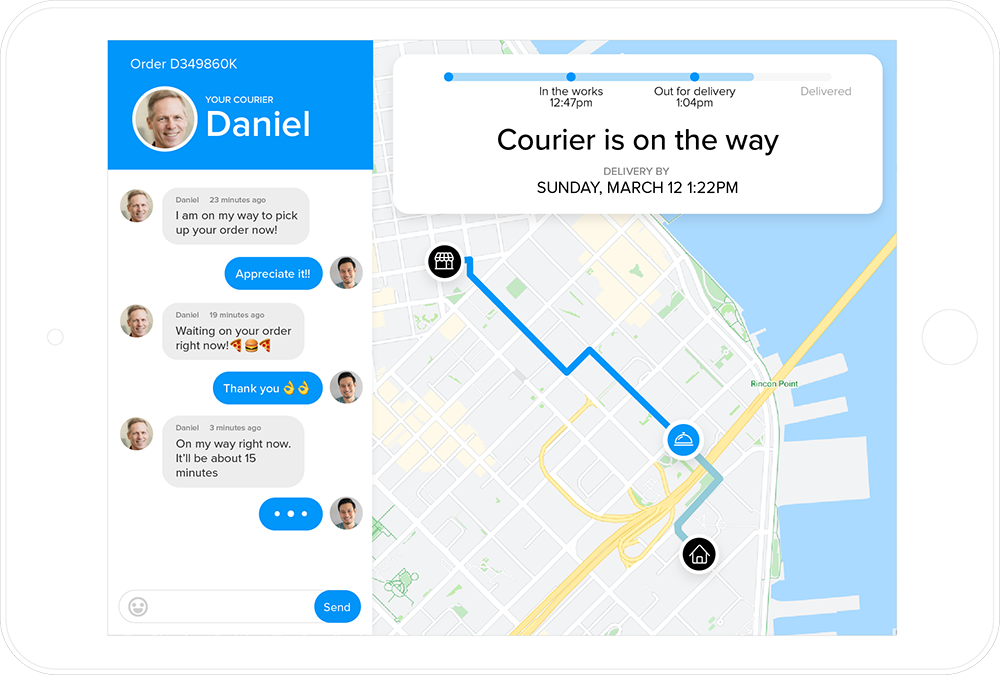What is fault tolerance?
Fault tolerance is the ability of a system to continue functioning correctly in the event of hardware or software failures. It involves implementing redundancy, error detection, and error correction mechanisms to ensure that the system can detect faults and either correct them or manage them to maintain operational continuity and data integrity. This is crucial for critical applications where uninterrupted service is essential.
How fault tolerance is measured?
Fault tolerance is measured using several performance metrics and methods:
1. Mean Time Between Failures (MTBF): This metric indicates the average time between system failures. A higher MTBF suggests better fault tolerance as the system can operate longer without experiencing failures.
2. Mean Time to Repair (MTTR): This metric measures the average time required to repair a system after a failure. A lower MTTR means the system can be restored to normal operation more quickly, improving overall fault tolerance.
3. System Availability: Often expressed as a percentage, availability is calculated using the formula:
Higher availability percentages indicate better fault tolerance, with 99.999% (five nines) being a common target for critical systems.
4. Recovery Point Objective (RPO): This measures the maximum acceptable amount of data loss during a failure, indicating backups or data replication frequency
5. Recovery Time Objective (RTO): This measures the maximum acceptable downtime after a failure before the system must be restored to normal operation.
6. Failure Rate: The number of failures per unit time. A lower failure rate indicates better fault tolerance.
7. System Downtime: The total time the system is non-operational within a given period. Less downtime indicates better fault tolerance.

